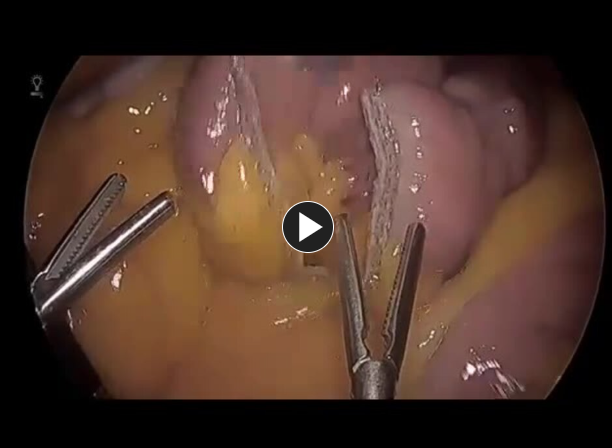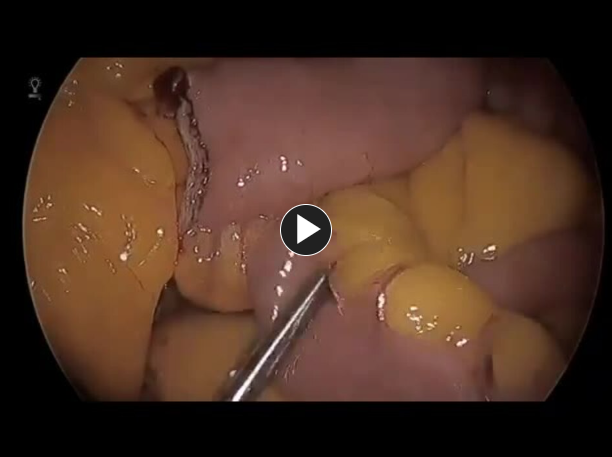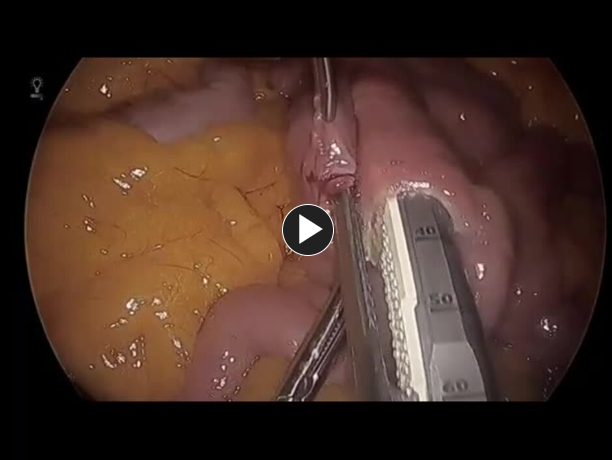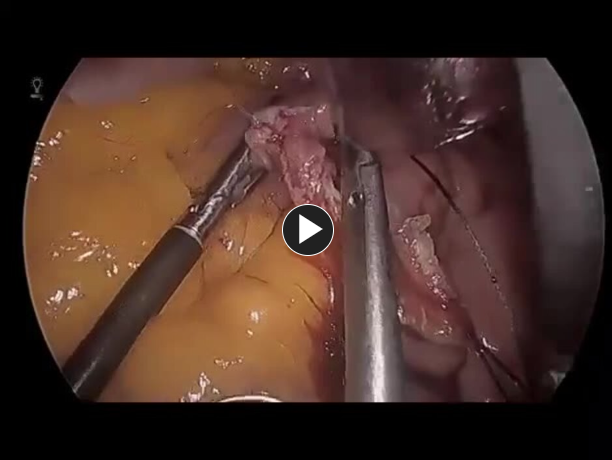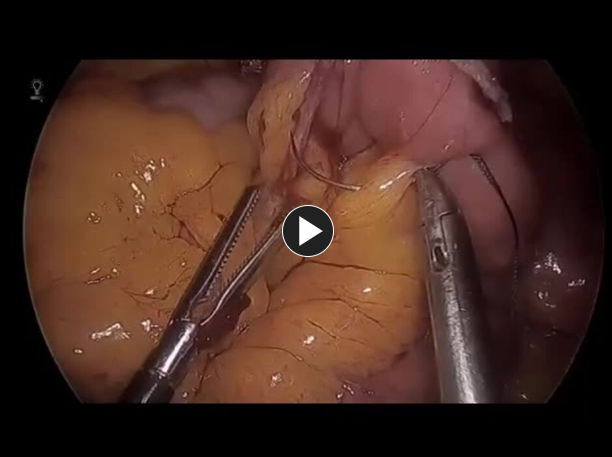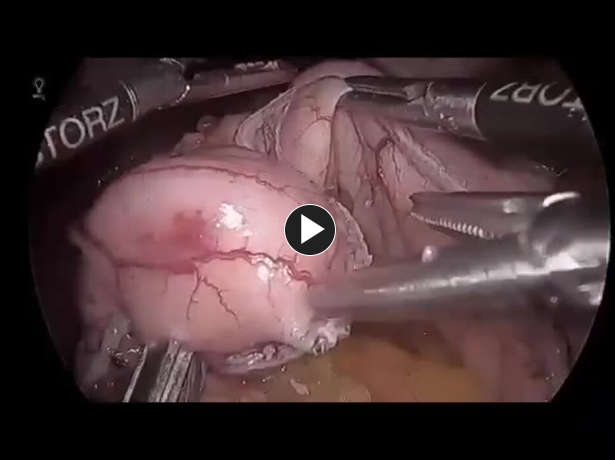Christopher Joe Northup, MD
Laparoscopic Roux-en-Y Gastric Bypass
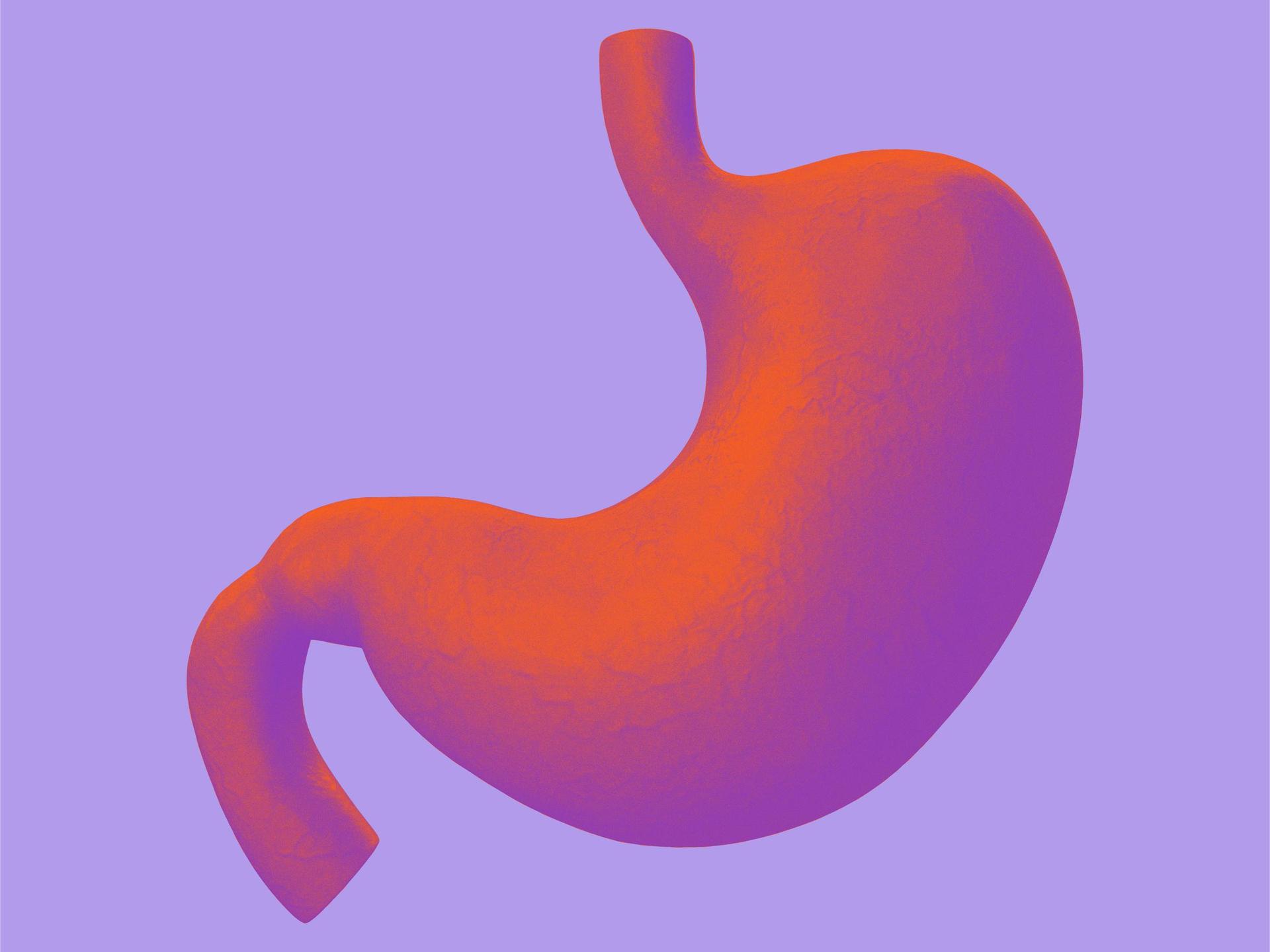
Procedure Overview
Gastric bypass, also called Roux-en-Y gastric bypass (RNY), is a type of weight-loss surgery that involves creating a small pouch from the stomach and the creation of a roux limb. The roux limb is anastomosed to the gastric pouch and a second anastomosis connects the biliopancreatic limb to the roux limb. After gastric bypass, swallowed food will go into this small pouch of stomach and then directly into the roux limb thereby bypassing the excluded stomach and the first section of the small intestine.
With RNY Gastric Bypass, there is a great deal of variability in the steps of the procedure. Surgeons may start with pouch creation or roux limb creation. Likewise, there is a great variability in measurements of the pouch, bilio-pancreatic limb, and roux limb. Techniques for anastomoses and pouch creation also vary widely.
INDICATIONS & OBJECTIVES:
- Gastric Bypass is utilized as a treatment for the disease of obesity and its associated medical conditions.
- According to the ASMBS (American Society of Metabolic and Bariatric Surgery) guidelines for bariatric surgery, the indications for weight loss surgery are as follows:
- BMI equal to or greater than 35.
- BMI 30 to 34.9 with one or more related comorbidity including, but not limited to, type 2 diabetes, hypertension, sleep apnea and others.
- BMI 30 to 34.9 with metabolic syndrome or type 2 diabetes.
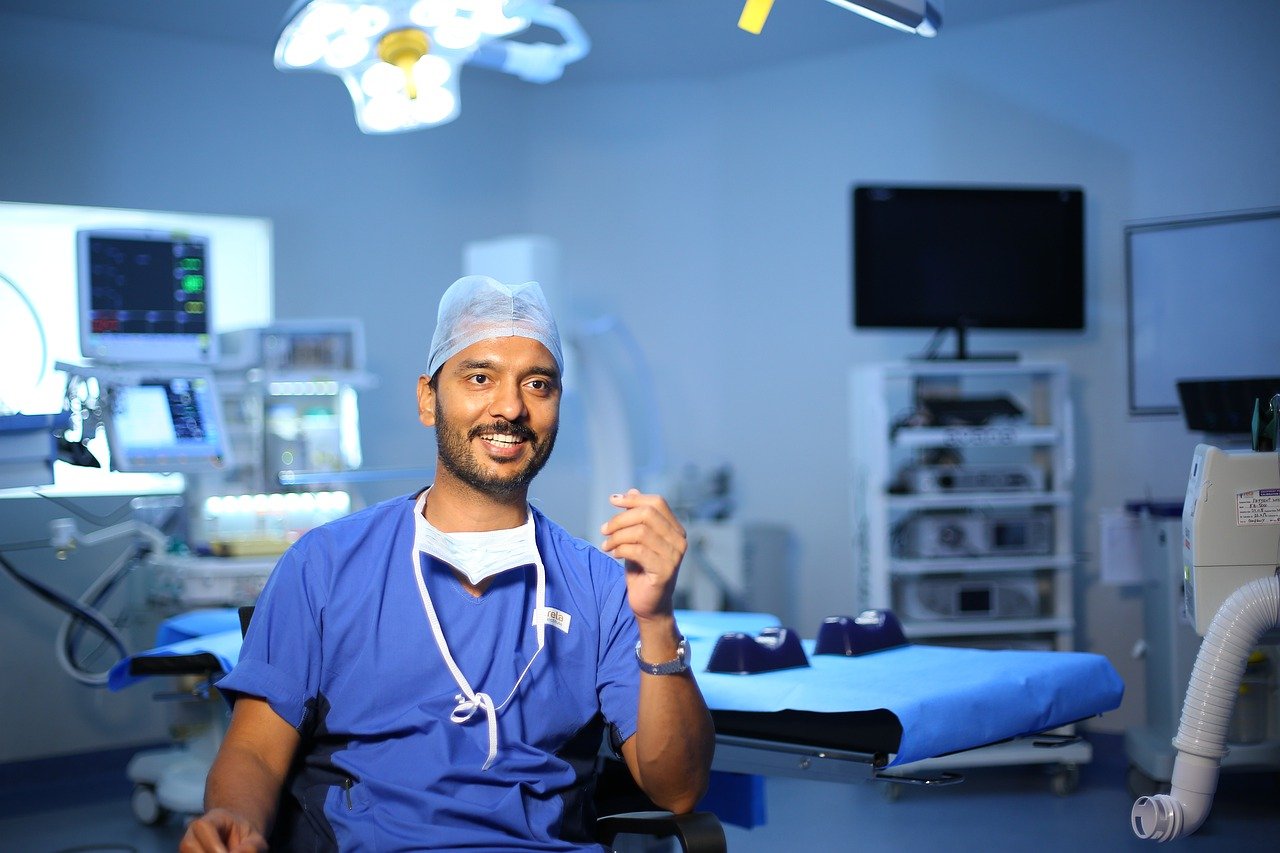
Relevant Anatomy
Click to interact with a BioDigital Human animated 3D anatomy, disease states, and procedure tour.
Pre-operative Patient Care
Typical recommendations for pre-operative care may include, but are not limited to, any of the following:
- Upon entrance to a bariatric surgery program and before proceeding with surgery, patients are generally encouraged to participate in a multidisciplinary program with dietary and lifestyle modifications. This is intended to help ensure the patient is prepared for the necessary behavioral changes for long-term success.
- Based on patients' comorbid conditions, the preoperative evaluation can also involve consultations from a variety of specialists. Often consultants such as cardiologists, pulmonologists and psychologists are a routine part of the workup process.
Prep & Patient Positioning
Common patient positioning:
- Typically, the patient is placed in the supine position with arms out laterally.
- The surgeon is usually on the patient’s right side and the assistant is opposite.
- Generally, for the jejunojejunostomy portion, the patient is in a supine position and moved to reverse trendelenburg for the portion of the surgery in the upper abdomen.
- Care must be taken with positioning the upper extremities of a patient suffering from morbid obesity as they could be at risk for nerve injury due to their higher BMI.
Common port placement
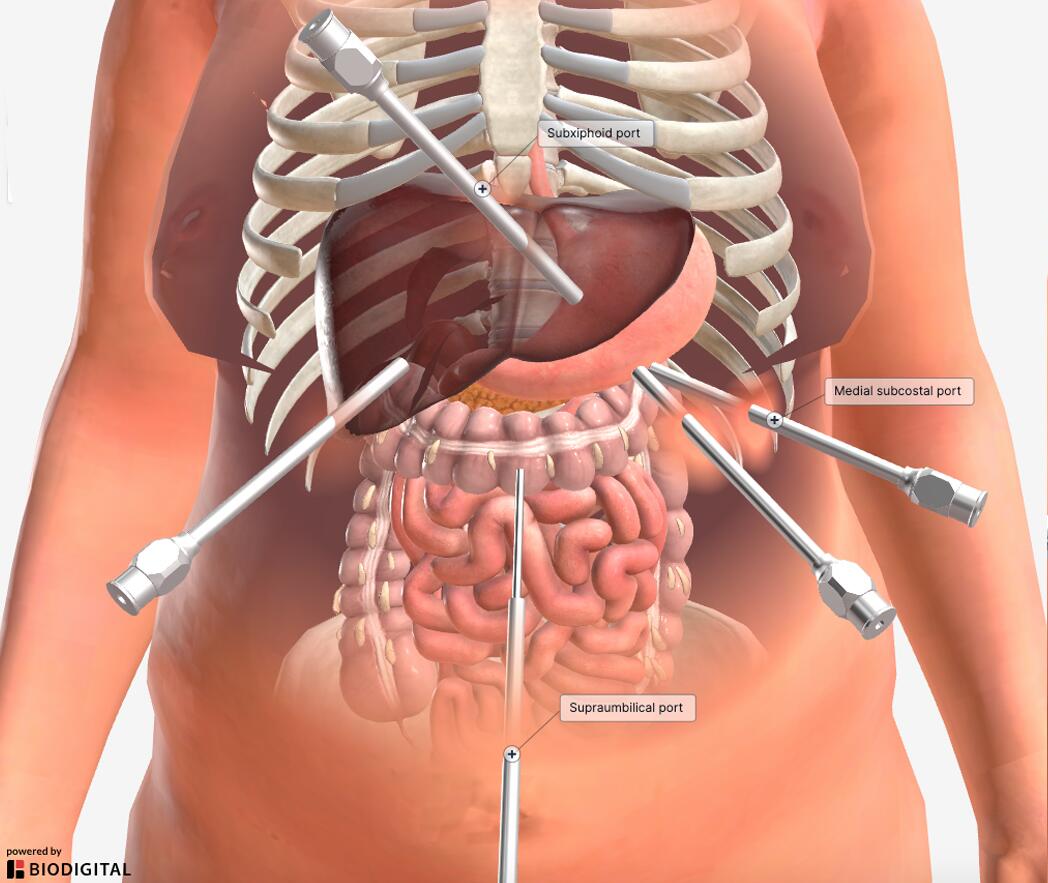
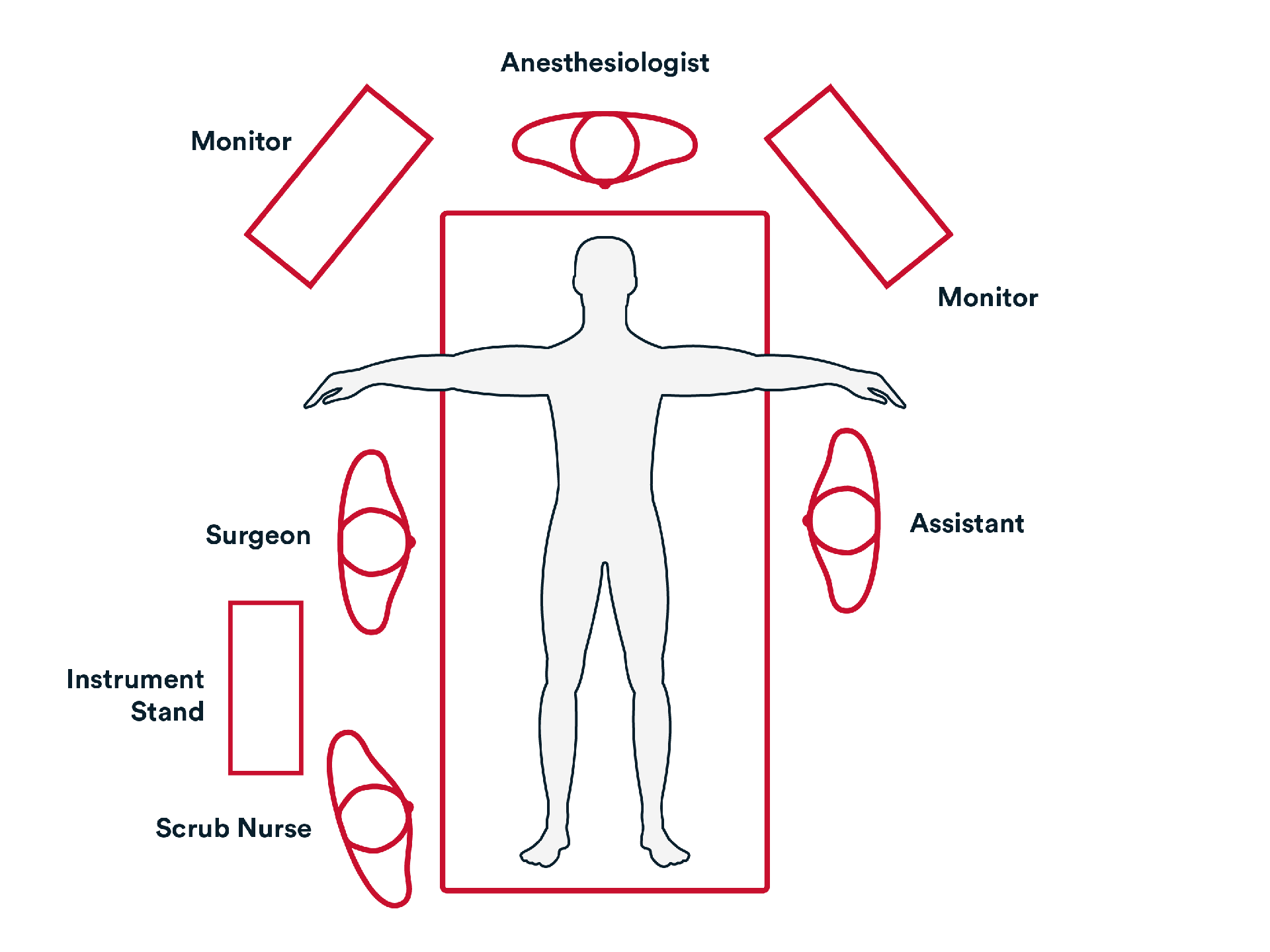
Operative Steps

Access

Access

- Trocar sites are identified, and trocars, such as ENDOPATH EXCEL™ trocars, inserted to gain access to the abdominal cavity and stomach. Generally, 5 trocars are used and is a mix of 5 and 12mm trocars.
- Initial Access to the abdomen is generally obtained by either:
- Veress needle technique.
- Direct trocar view technique.

Repair


Repair
ROUX LIMB/ JEJUNOJEJUNOSTOMY CREATION
- Identify the Ligament of Treitz.
- Measure the small intestine from the ligament to create the bilio-pancreatic (BP) limb). This is typically 50-100cm in length. The small bowel and mesentery are divided with stapler, such as ECHELON™ 3000 stapler.
POUCH CREATION
- The thickness of the stomach typically decreases from distal to proximal. Likewise, there is variability between patients with regard to thickness of the stomach tissue.
- Cartridge selection with different stapling heights to adequately staple the tissue while remaining perfused without oozing can vary based on clinical judgement of stomach thickness.
- Other options including staple line reinforcement (buttress), such as ECHELON ENDOPATH™ Staple Line Reinforcement and oversewing may be utilized depending on surgeon preference.
- Hemostasis along staple line and surgical site can be controlled in many ways if needed. Suturing, clips, or hemostatic agents such as Veraseal™ Fibrin Sealant, are all options to control small areas of oozing.
GASTRO-JEJUNOSTOMY
- The roux limb is brought into the upper abdomen, which can be done before or after the pouch creation.
- The roux limb can be brought up in a retro-colic/retro-gastric or ante-colic/ante-gastric fashion.
Creation of gastro-jejunostomy can be accomplished with a variety of techniques:
Circular Stapler Technique
- This is a common technique to complete the gastrojejunostomy. The anvil of the circular stapler device, such as ECHELON™ Circular Powered Stapler is placed in the stomach pouch in various ways. Often this is done prior to finally creating the pouch. The gastric stapling is completed around the anvil to complete the pouch. The stapler is introduced through an enlarged trocar sight, most commonly in the lower upper quadrant. The roux limb is opened on the distal end and the stapler inserted. The stapler and anvil are connected, and stapler fired to complete the anastomosis. The stapler is removed through the roux limb and the open tip of the roux limb is then stapled closed with a linear stapler.
Linear Stapler Technique
- This can be performed in a one- or two-layer technique.
- The roux limb is placed proximally near the gastric pouch. Taking care to make sure there is no kinking or tension on the limb. For a single layer, enterotomies are made in the gastric pouch and the roux limb with an advanced energy device, such as HARMONIC™ 1100. Each stapler jaw is placed into these enterotomies. The Echelon™ 3000 stapler is marked to allow insertion to the appropriate depth (typically 30-40mm) and then closed. The stapler is closed and fired following compression of the tissue. This creates the gastrojejunostomy. The defect is typically sutured closed.
- The gastrojejunostomy can also be completed in a 2-layer fashion as well. A back row of sutures can be placed posteriorly connecting the pouch and roux-limb. This may reduce tension and align the tissue for stapling. Once the anastomosis is completed, the staple line is oversewn to complete the second layer. It is generally recommended to place a bougie or another device through the anastomosis to prevent narrowing as the second layer is completed.
- A provocative leak test is often performed. Leak test can be performed in variety of ways including endoscopy, methylene blue pressure test, air-leak test, etc.
- Closure of mesenteric defects:
- antecolic/gastric-pseudo-Peterson’s space.
- retro colic/gastric-closure of mesocolic defects.
Hiatal Hernia
- A hiatal hernia is a common finding during bariatric surgery. One of the long-term potential complications of a sleeve gastrectomy is GERD. Surgeons are generally prepared for the identification and repair of a hiatal hernia during bariatric procedures.

Closure


Closure
The intra-abdominal pressure is reduced, and trocar sites observed upon removal to check for bleeding.
The wounds are closed using synthetic absorbable monofilament, such as Monocryl™ Plus Antibacterial suture, and a topical skin adhesive such as DERMABOND™ PRINEO™ Skin Closure System or any appropriate dressing.
Potential complications include but are not limited to:
- Surgical bleeding
- Staple line Leak
- Stricture
- DVT/ Pulmonary Embolism
- Surgical site infection (deep or superficial).
- Internal hernia/obstruction
- Anastomotic leak
Post-operative Patient Care
Typical recommendations for post-operative care may include, but are not limited to, any of the following:
- Typical discharge instructions consist of pain management, instructions on the future signs and symptoms indicating potential complications (see below), and an office appointment in 1-2 weeks.
- Most patients will be hospitalized for 23 hours. During that period, patient will be monitored on a surgical unit. They will be given bariatric clear liquid diet, will be ambulatory and encouraged to walk to reduce DVT risk. Chemical and mechanical DVT prophylaxis will be administered. Pain medication as needed. Patient is discharged to self-care at home once the discharge criteria are met.
- Patient will be seen frequently for follow-up. First visit at 1-2 weeks, second at 4-6 weeks, then typically every 3 months until 1-year post-op. Annual visits are expected in addition for long-term follow-up. Support groups are made available in addition to follow up visits. Post op labs may be checked during follow-up to make sure vitamin deficiencies do not develop.
Additional resources
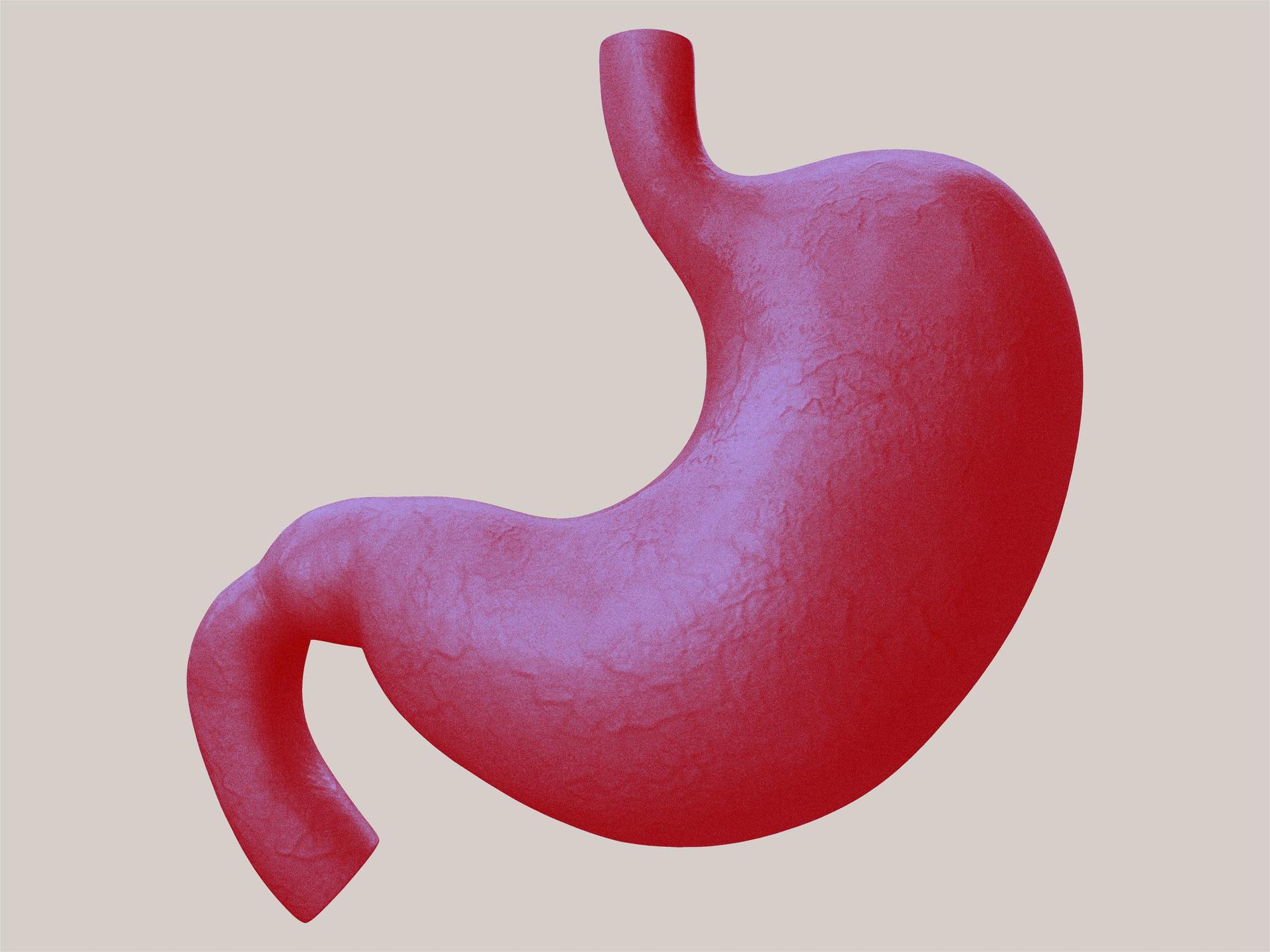
Access our on-demand Bariatric video library
Looking for more? Explore procedural videos and webinars from global experts
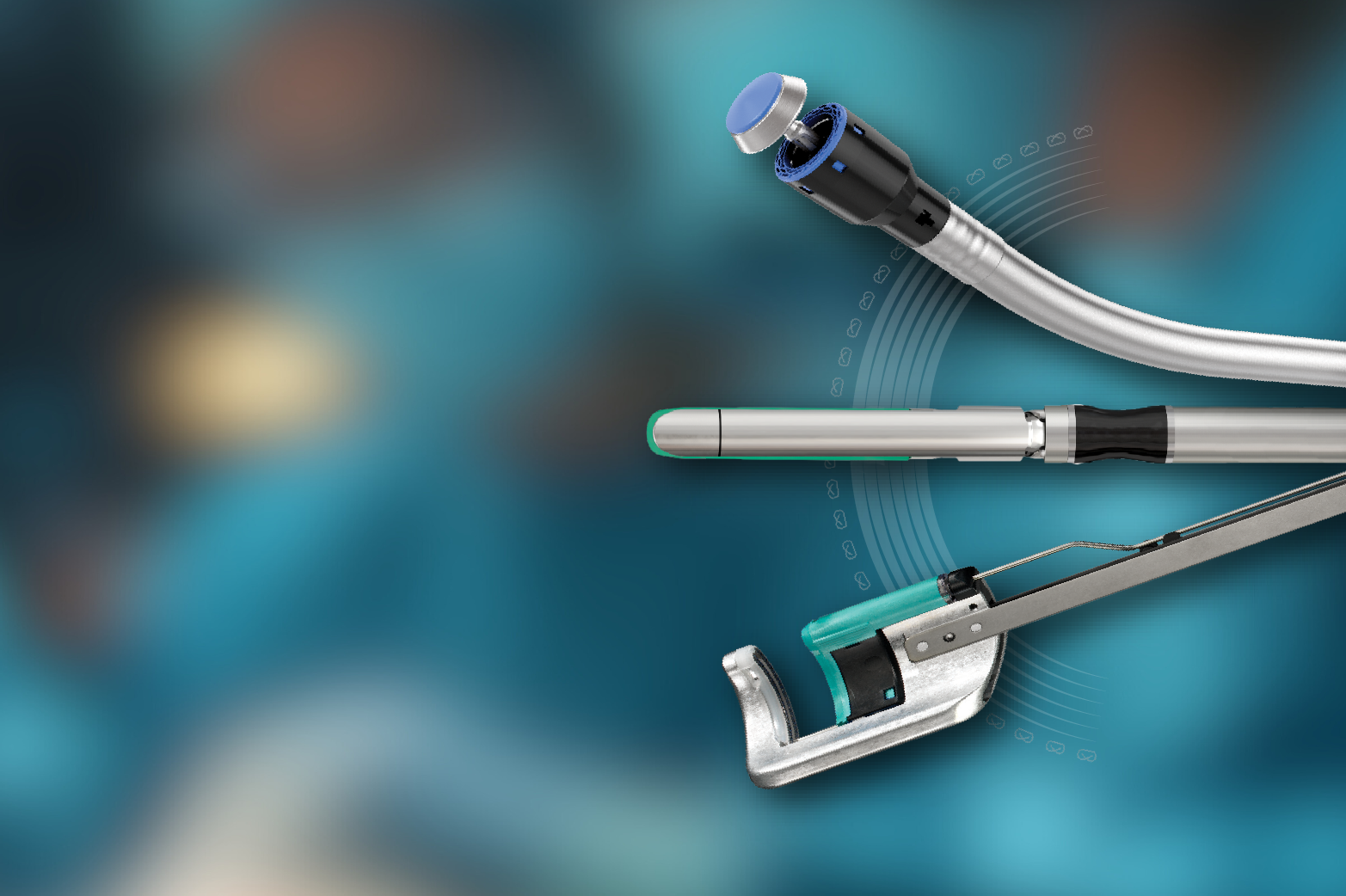
Stapling Academy
This program offers interactive learning about the science of stapling and novel stapler design technologies.


